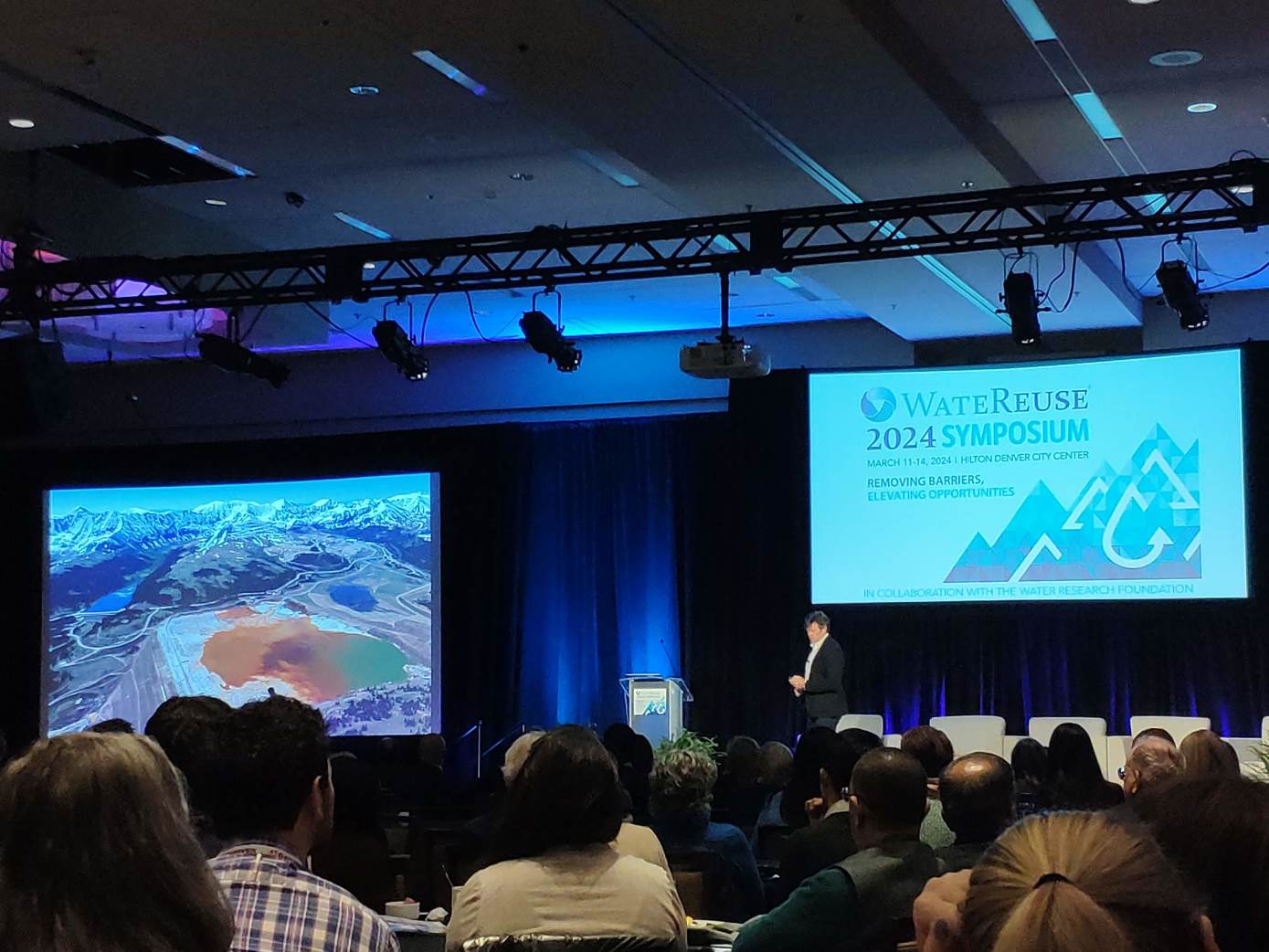KWB: Up and running: The human health exposure assessment (HHEA) model

The HHEA model was presented at the WateReuse Symposium in Denver, Colorado, USA.
Through a risk-based exposure assessment approach, the potential chemical exposure associated with critical circular economy goals like water reuse for agricultural irrigation, drinking water treatment, groundwater remediation, and nutrient recycling can be evaluated. The human health exposure assessment (HHEA) model, developed in PROMISCES by KWB and EURECAT, enables users to do just that.
The primary output of the human health exposure assessment model is the calculation of reference quotients, providing information on the potential adverse effects that exposure routes could pose to human health. The model enables exposure pathways which may need additional attention, via additional remediation or mitigation measures, to be identified. Such a proactive risk management approach supports the overarching goal of the circular economy in promoting sustainable practices.
A key strength of the model is its risk-based prioritization of exposure routes and compounds. It can be used to ensure that limited temporal and financial resources can be used the most effective way to combat areas of greatest potential risk. The prioritization of compounds within an exposure route provides additional information for the decision-making process, enabling focused interventions with maximum impact.
The human health exposure assessment model was successfully presented at the WateReuse Symposium, held in Denver, Colorado, USA, on March 13th, 2024. The full version will be published by the end of the project in spring 2025. It can be used by scientists and regulators to prioritize actions when considering mitigation measures for PFAS and PMT compounds.
